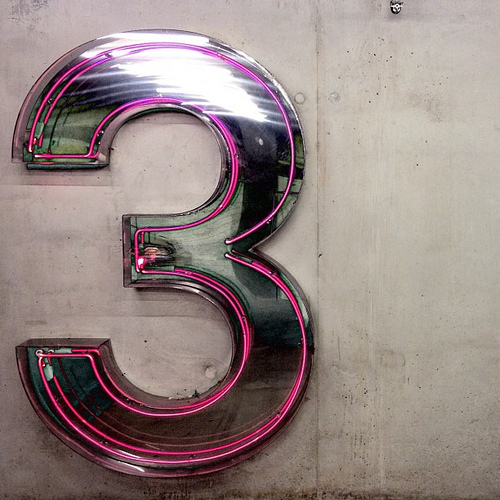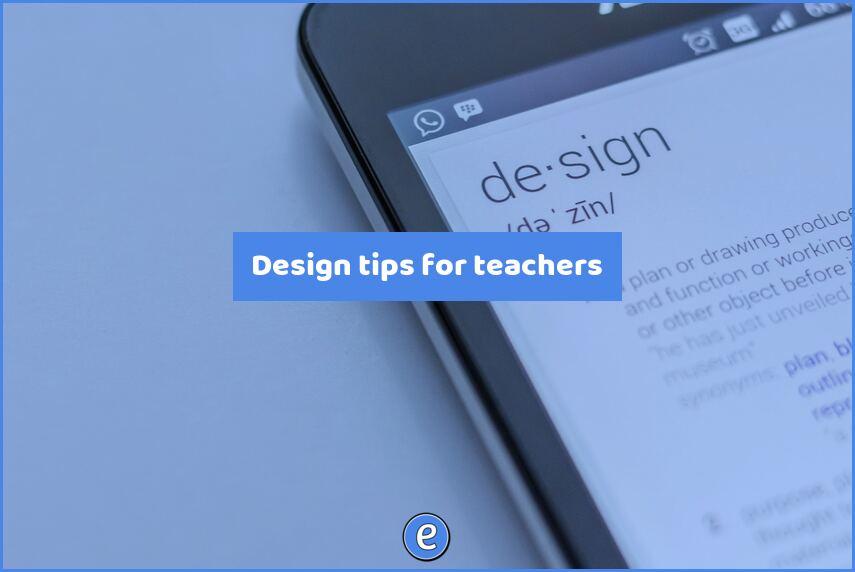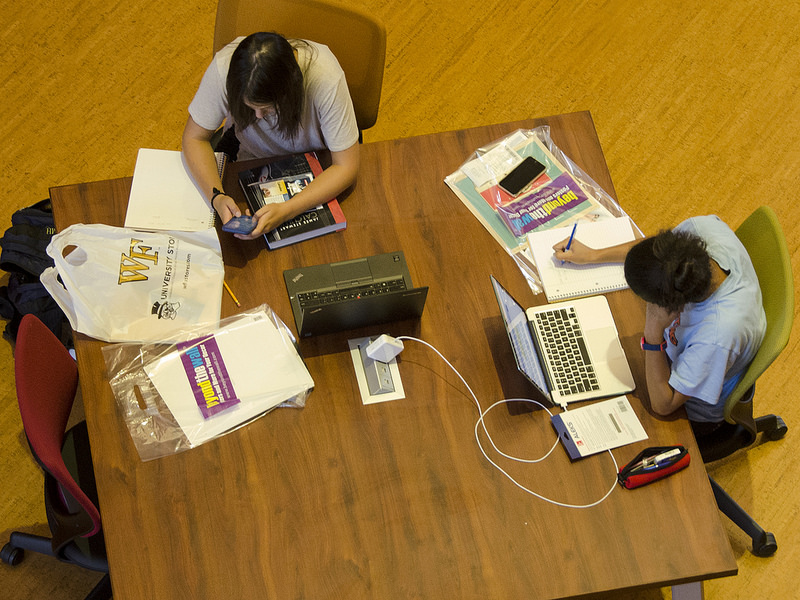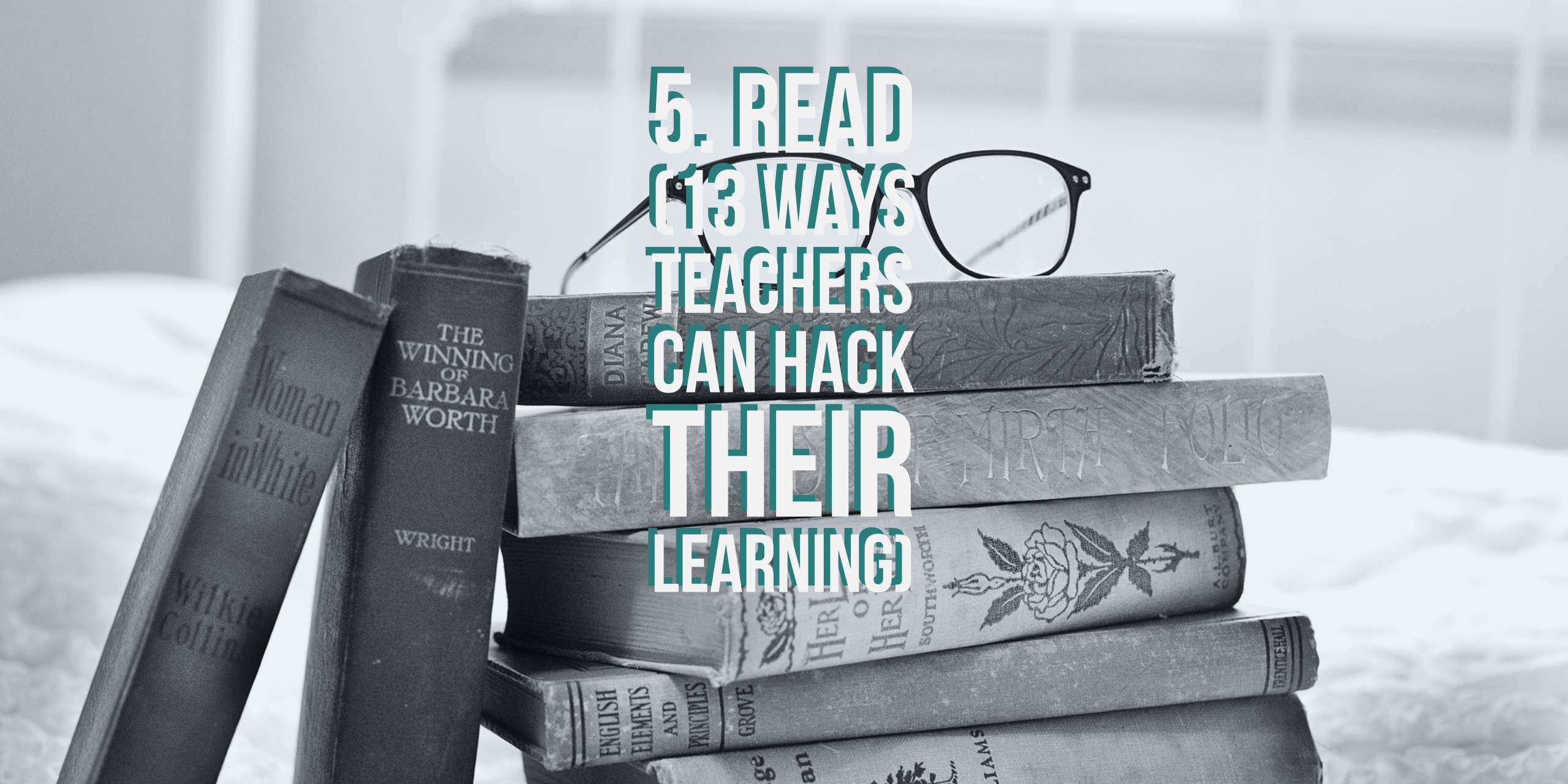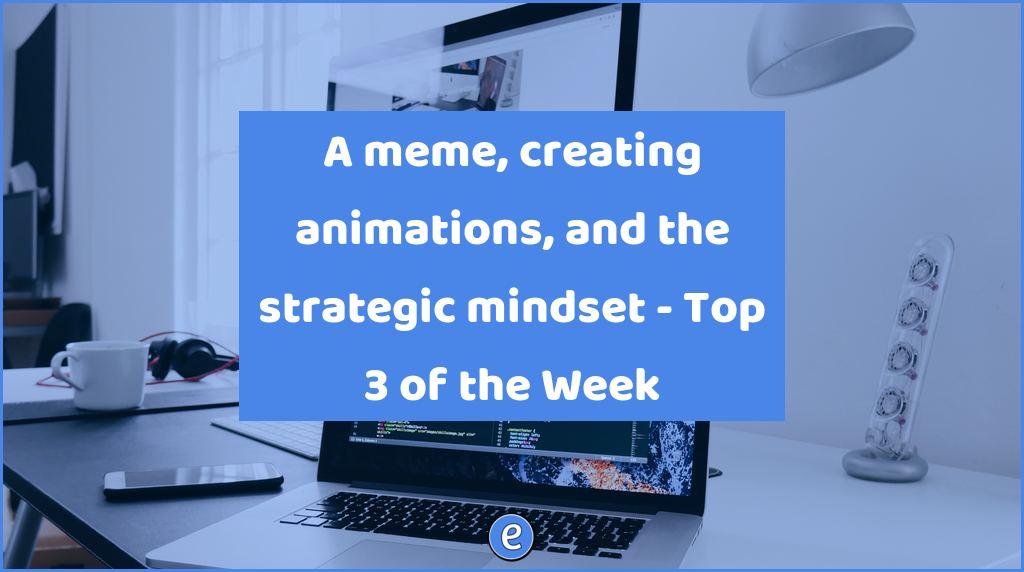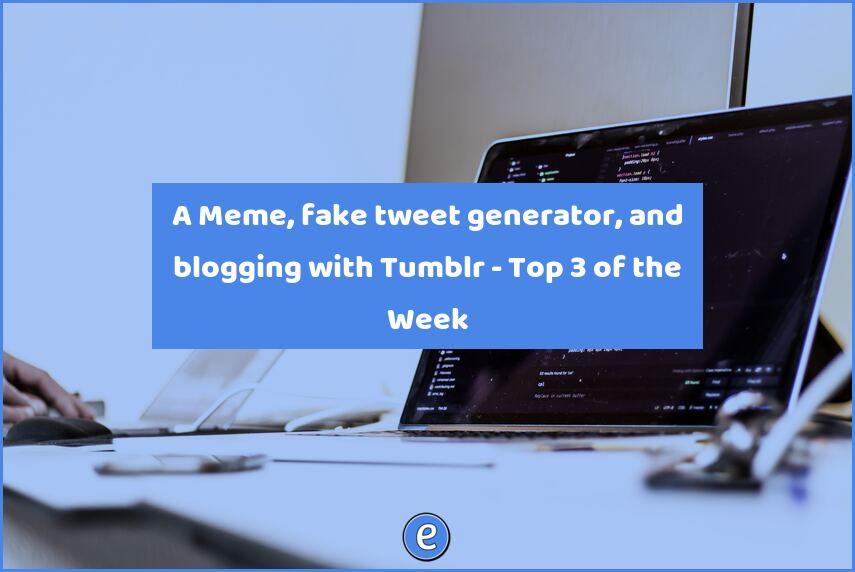ⓔ Where do ereaders fit in a sea of Chromebooks (also, new Kindle Oasis from Amazon)
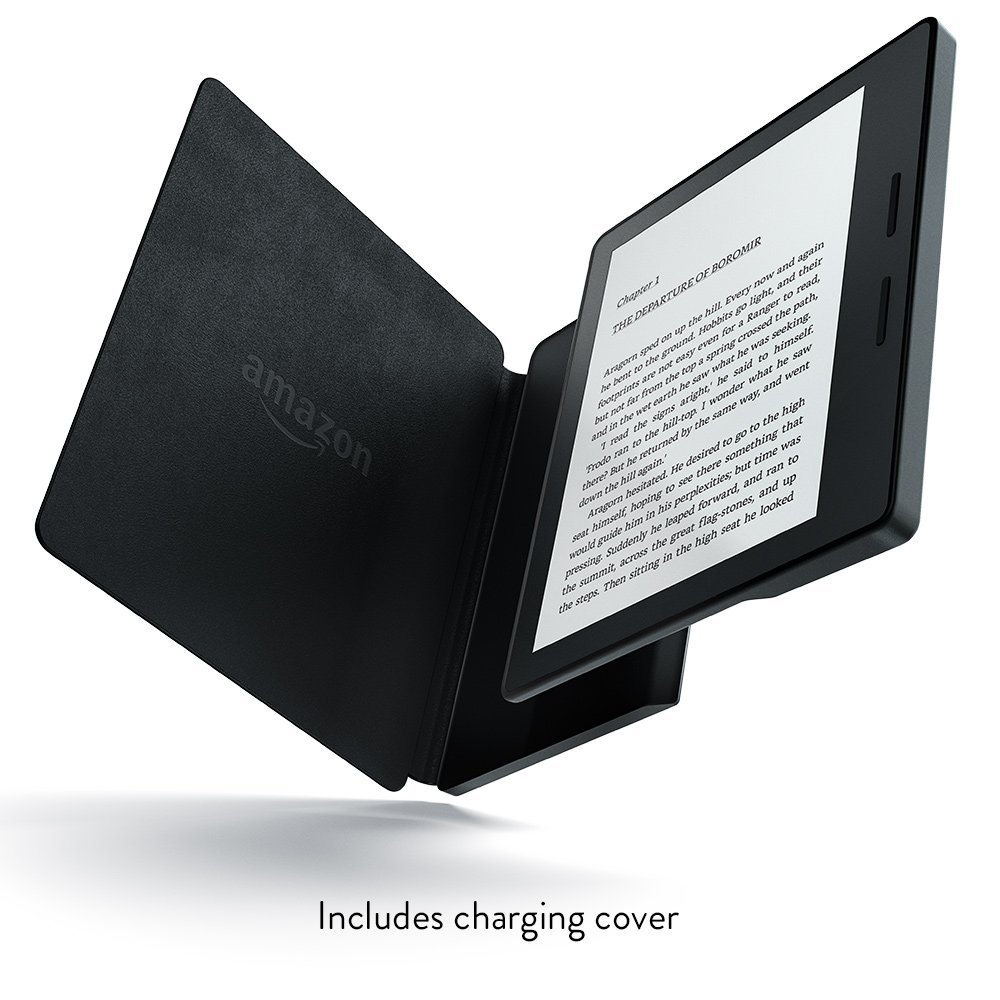 Amazon released a new Kindle this week, the Oasis. At 3.4MM thick and 4.6 ounces in weight, it is over half the weight of an iPad mini and almost 50% thinner (44.3% if you want to be pendantic). The downside is that it is $290. But, who buys a black and white Kindle?
Amazon released a new Kindle this week, the Oasis. At 3.4MM thick and 4.6 ounces in weight, it is over half the weight of an iPad mini and almost 50% thinner (44.3% if you want to be pendantic). The downside is that it is $290. But, who buys a black and white Kindle?
Readers
I bought the 3rd generation Kindle in September of 2010, and it is my favorite reading device. The e-ink display, even on a device 5 1/2 years old, is amazingly easy to read. The device is also lighter than my iPad mini. And one of it’s killer features is the ability to use it in direct sunlight. The other big advantage is that ereaders with e-ink displays have very long battery life. The Kindle Oasis with the leather case that also holds a battery supports up to 9 weeks of reading. Others may question why anyone would spend money on an e-ink reader than just use a tablet, but for me it’s a no brainer.
E-ink
What is an e-ink display? Conventional displays used on laptops, tablets, and smartphones use a technology based on liquid crystal display (LCD), light emitting diode display (LED), or organic light emitting diode display (OLED). Yes, I know there are others! Each one of these displays light up to display a pixel, requiring power the entire time. An e-ink display, in contrast, uses microcapsules and by applying a positive or negative charge, will show a pixel or not. For power consumption this means an e-ink display only requires power to change. Once an image is on the screen, it doesn’t need any power. The screen is also reflective, so it mimics paper by using the ambient light in the room. Overall, the screen is less stressful for the eyes when reading.
The downsides of e-ink include lack of color and slow refresh. For me, the lack of color isn’t that big of deal for the books I want to read, and the slow refresh is still faster than manually turning pages in a conventional book.
A Kindle in your classroom
When using e-readers, the research has shown that students will read more books. The details of why hasn’t been discovered yet, but one reason points to the ability to read what one wants to read without being “judged” by others. How many copies of Fifty Shades of Grey were read because others didn’t know the person was reading it? They are also a low distraction device, with no notifications when reading (exceptions include some games that you can run on the Kindle, like how I have Sudoku and Monopoly installed).
Options
E-readers can read open formats (Kindle can read .mobi and the rest usually read .epub) so for content, you’re not limited to buying only from the company. Also, most e-readers are supported by Overdrive, the library ebook lending system, allowing you to check out books from your local library electronically. If you want to play around with one, I recently purchased a Barnes and Noble Nook for $19 on eBay, so they are pretty cheap to try.
